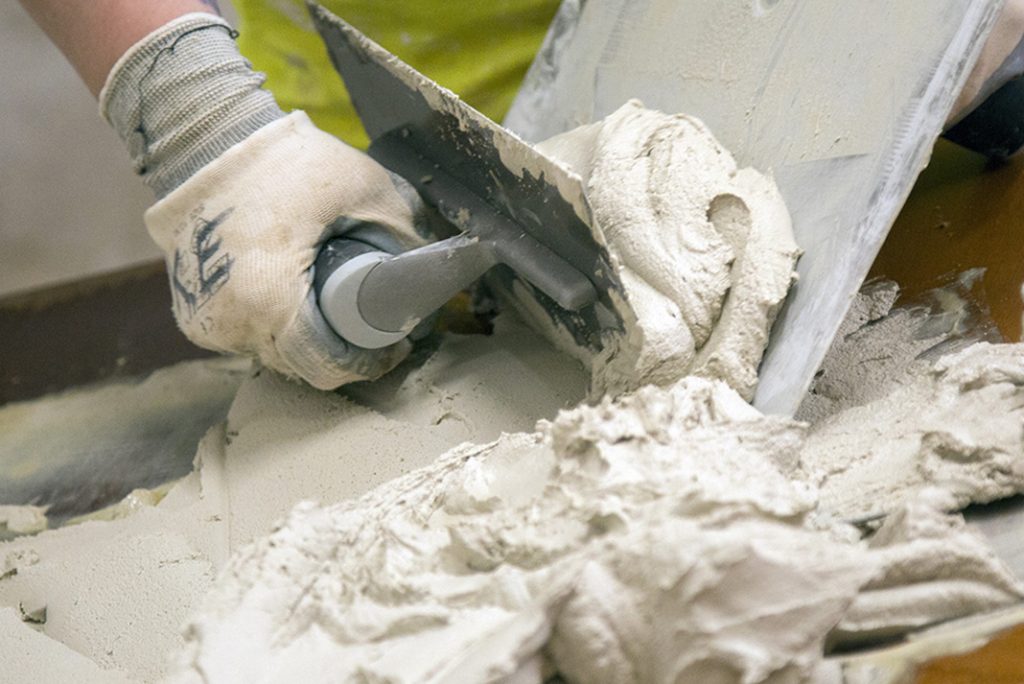New report profiles major plaster challenges facing social housing market

 Housing associations and local authorities with an ageing property portfolio could face higher whole life asset management costs if they continue to specify gypsum-based plasters, a new report has highlighted.
Housing associations and local authorities with an ageing property portfolio could face higher whole life asset management costs if they continue to specify gypsum-based plasters, a new report has highlighted.
Plastering over the cracks in the UK’s social housing sector is a report on plaster use throughout the social housing sector by Tarmac’s Limelite division. Free to download, it details the potential short and long-term issues local authorities and housing associations can encounter when specifying gypsum-based plasters in older properties, compared to more breathable alternatives.
While the majority of Britain’s immediate post-war housing stock was finished with a lime and cement-based plaster, largely to great effect, the 1960s saw the emergence of gypsum plaster and plasterboard. Quick to install and cheap to buy, its perceived ability to reduce immediate costs led to it becoming a popular interior finish of choice for the social housing market. As such, it is now often used ahead of other plaster solutions despite its poor levels of breathability and susceptibility to moisture ingress; which can ultimately increase – rather than reduce – the whole life asset management cost for each property.
Given the poor breathability of gypsum-based plasters, and the ease in which they can absorb and retain moisture from the surrounding atmosphere and substrate, older properties where it is used can be susceptible to recurrent damp issues, as well as condensation and black mould growth if left unchecked.
Tom Emery, specifications co-ordinator for Tarmac’s Limelite division, said: “There’s a real opportunity for the sector and supply chain to collaborate on product specification to manage whole life costs. Given that social housing building materials are specified by the housing association or local authority procurement framework, it is vital that the conversation around material-choice – and its impact on asset management costs – is started much earlier in the process with the wider supply chain. Our report is an easy-reference resource for social housing procurement teams to use to support maintenance budgeting, and ultimately start the conversation around best plaster choices.”
The free-to-access report also demystifies some of the common misconceptions surrounding lime and cement-based renovating plaster – a material once at the heart of the nation’s housebuilding process – and profiles its benefits as a plastering solution for local authorities and housing associations responsible for maintaining significant quantities of ageing housing stock.
To download a free copy of Plastering over the cracks, please visit: http://limeliteplaster.co.uk/why-use-limelite/social-housing/




















